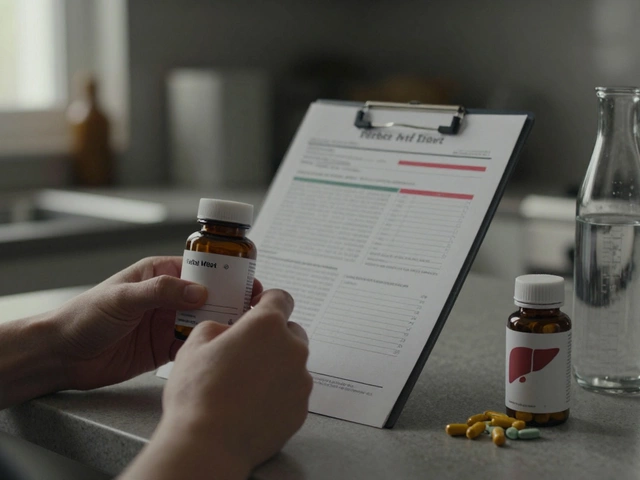Surgery Pain: Understanding and Managing Post‑Operative Discomfort
When working with surgery pain, the discomfort that follows a surgical procedure, ranging from mild aches to intense throbbing. Also known as post‑operative pain, it can affect mobility, mood, and healing speed. Effective relief often starts with postoperative analgesia, medications and techniques used to reduce pain after surgery. Orthopedic surgery, especially knee replacement, brings specific challenges like swelling and joint stiffness, making pain management a core part of recovery.
Surgery pain encompasses postoperative discomfort, but it isn’t a one‑size‑fits‑all issue. The intensity depends on the type of procedure, the patient’s health, and the pain‑control plan. Managing surgery pain requires a blend of analgesics, physical therapy, and lifestyle tweaks. For example, NSAIDs or targeted nerve blocks can curb inflammation, while gentle range‑of‑motion exercises keep joints flexible and reduce swelling. Swelling itself is a key factor: when tissue fluids build up after an orthopedic operation, pressure on nerves spikes, amplifying the ache.
Key Strategies to Tackle Surgery Pain
First, follow a scheduled medication regime. Skipping doses often leads to breakthrough pain that’s harder to control. Second, use cold therapy in the first 48‑72 hours to shrink swelling; after that, heat can relax muscles and improve blood flow. Third, stay active within doctor‑approved limits – short walks or prescribed knee‑bending drills keep the joint moving without overloading it. Finally, monitor signs of excessive pain or infection (redness, fever, worsening swelling) and contact your surgeon early. These steps create a feedback loop where pain control supports movement, and movement further eases pain.
Below you’ll find a curated set of articles that dive deeper into each of these topics – from medication choices and swelling reduction to specific recovery timelines after knee replacement. Use them as a practical guide to turn surgery pain from a roadblock into a manageable part of your healing journey.






